Sweet pepper is a vegetable crop belonging to the Kapsikum family and the nightshade family, which is actively grown in vegetable gardens and greenhouses. The hollow fruits of this plant are a frequent ingredient in salads, main dishes and preserves. Bright vegetables are in good harmony with cereals, meat and fish, giving them unobtrusive sweetness.

However, thanks to the efforts of breeders, currently there are many varieties of pepper that are more resistant to the changing climatic conditions of Russia. Thus, each grower can safely grow sweet pepper in his garden, choosing the best varieties for his region, even for the relatively cold Urals.
Content
Features of the climate in the region and the impact on pepper growing
The climatic conditions of the Urals are characterized by their variability, due to the fact that its territory stretches from north to south. Thus, the northern and southern regions of the region belong to different climatic zones, namely, subarctic and temperate.
The weather conditions in this region are not very suitable for growing such a thermophilic plant as capsicum, since the winters in the Urals are long and the summers are short and usually cool.

In such conditions, it is quite difficult to provide the plant with the necessary amount of heat and light. For this reason, many gardeners prefer to grow demanding vegetables in greenhouses or greenhouses. However, now there are hybrid varieties that are resistant to low temperatures, so they are suitable for growing in the open field of the harsh Urals and even Siberia.
It is recommended to grow exclusively early-ripening plant varieties in the Urals, as bushes of medium or late ripening simply will not have time to yield a crop with such a short summer. Weather in this region will not allow sowing pepper seeds directly into the soil, so you can grow a plant exclusively in seedlings.
When preparing planting material earlier than this time, the soil will not have time to warm up enough by the time of planting seedlings. A young plant planted in frozen ground will simply die before it has time to grow stronger. For this reason, observing the timing of sowing seeds and the choice of early ripe and cold-resistant varieties of pepper will allow you to grow a strong plant with good productivity even in the conditions of changing weather conditions of the Urals.
The best varieties of sweet pepper for the Urals and Siberia
When growing pepper in the cold soils of the Urals and Siberia, cold-resistant varieties should be preferred. Otherwise, it is unlikely to get a good harvest of aromatic fruits.
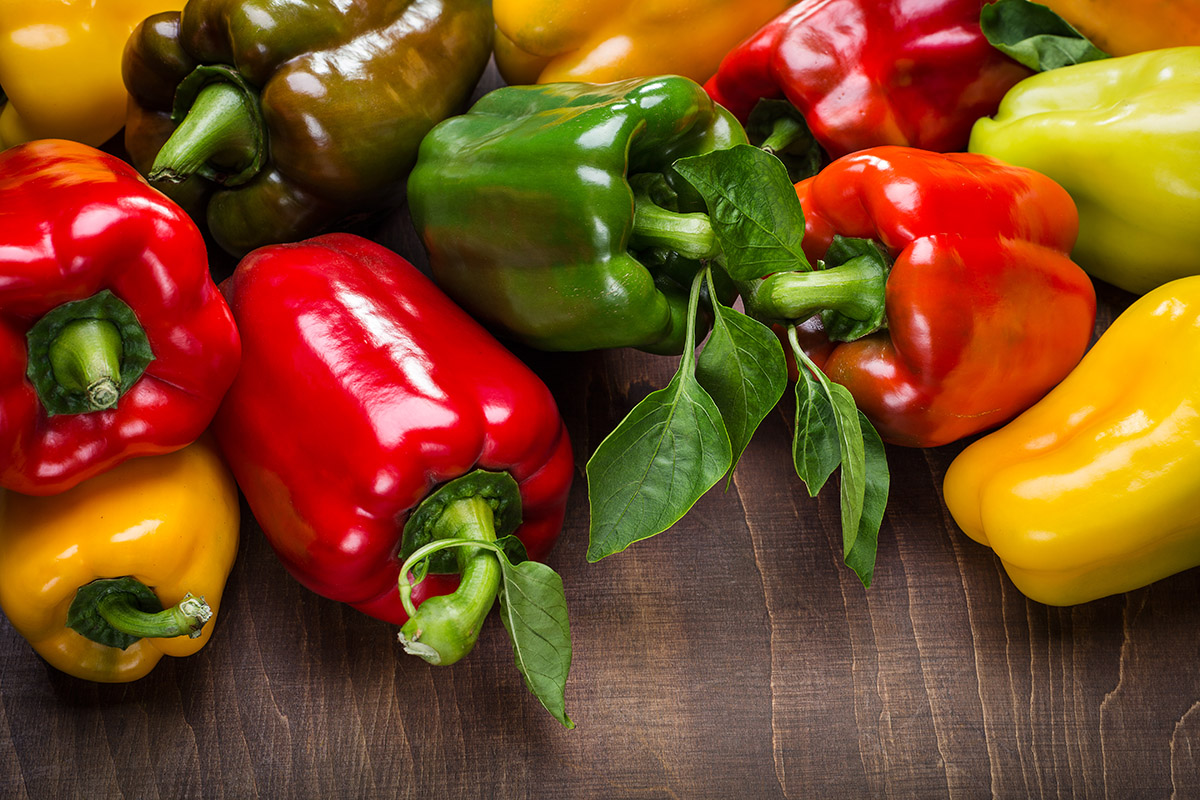 You may be interested in:
You may be interested in:For greenhouses
There are many varieties suitable for growing in the greenhouses of this cold region, but some of them have gained particular popularity.
- Amber. A variety characterized by high productivity and rapid ripening of fruits. With 1 sq. m. with proper care, you can collect about 7 kg of crop. On the spreading shrub up to 90 cm high, smooth fragrant orange fruits appear. The weight of one cone-shaped pepper reaches 110 g. Juicy vegetables are suitable for fresh consumption.
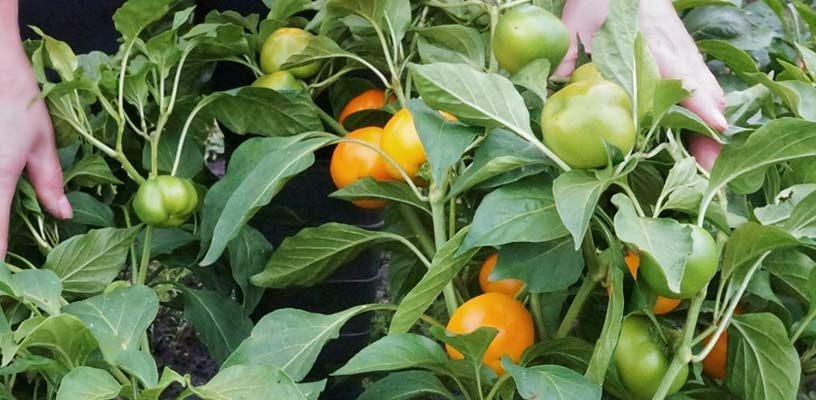
Amber - Montero. It is a tall shrub, the height of which reaches 120 cm. Peppers ripen on the plant already 100 days after the appearance of the first shoots. The bush needs a mandatory garter, since its shoots can break under the weight of large fruits, the weight of each of which can exceed 200 g. Peppers are in the form of an elongated prism and differ in thick walls. The color of ripe fruits is bright red.
- Gingerbread Man. An early ripe hybrid that differs from its relatives by rounded fruits with 8 mm thick walls. One dark red vegetable rarely weighs more than 160 g. Bush height barely reaches 30 cm.
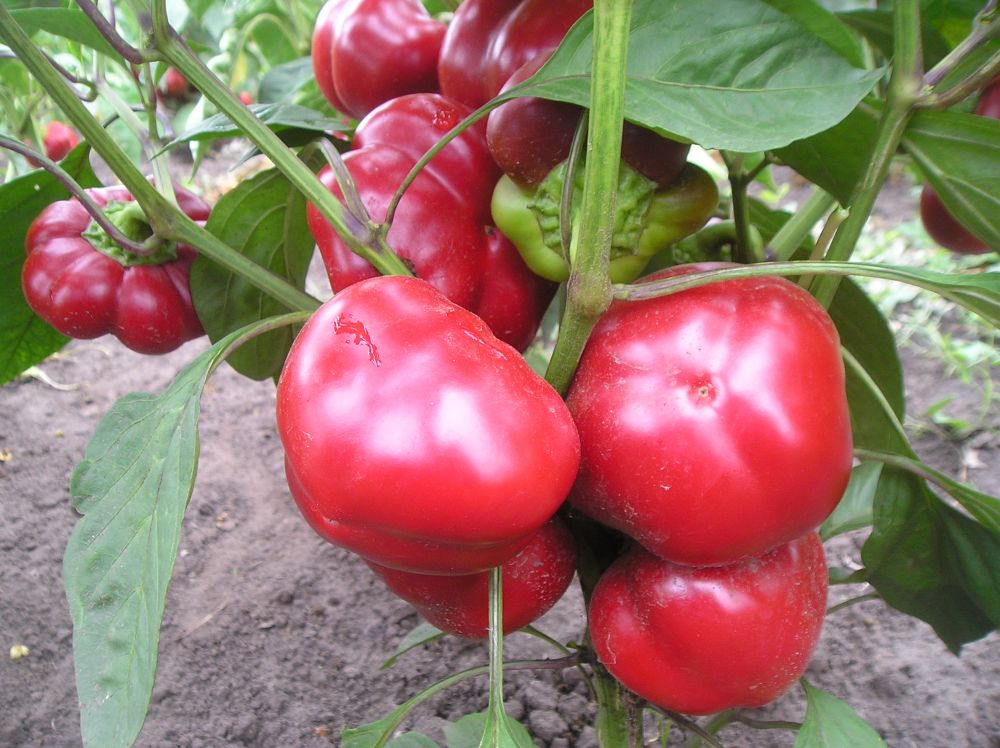
Gingerbread man - Player. The plant yields a crop already 120 days after the appearance of the first seedlings, which allows it to be attributed to mid-ripening varieties. Vegetables weighing up to 150 g have a cuboid shape and a rich red color. The fruits of the plant are distinguished by their thick walls, the width of which can reach up to 12 mm. Shrub does not grow more than 60 cm in height.
- Maradonna. A high-yielding hybrid variety suitable for cultivation in open and closed ground. The weight of one bright yellow cubic fruit, as a rule, ranges from 200-230 g. Due to the large weight of vegetables, the shrub needs a garter. The variety is resistant to many diseases.
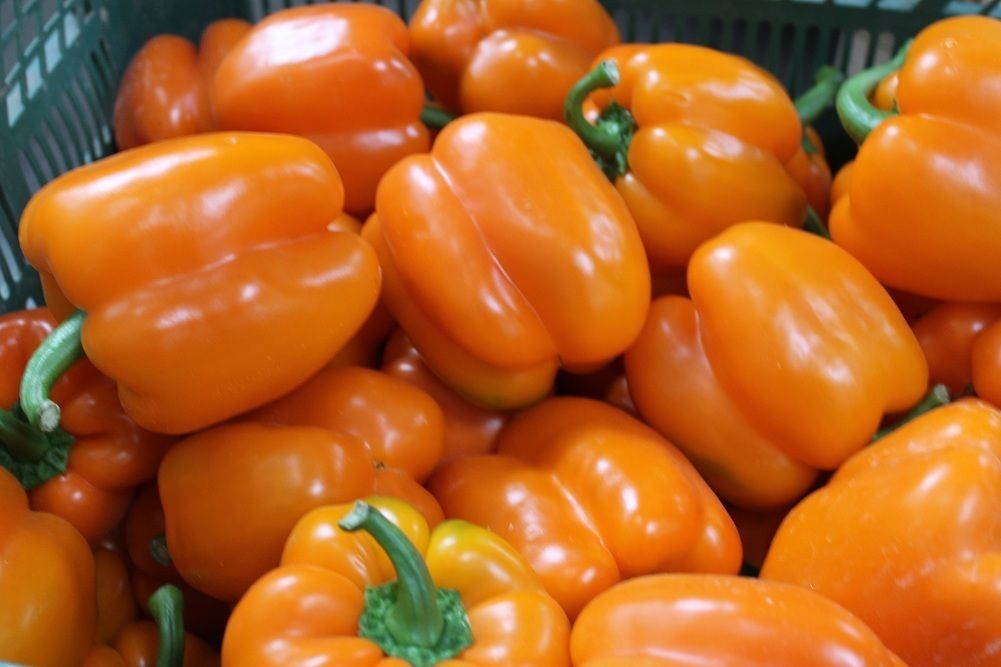
Maradonna - Blondie. Early ripe hybrid, adaptable to bad weather conditions. The semi-spreading bush, densely strewn with foliage, grows up to 60 cm in height and gives a rich harvest. So, from one bush you can collect more than 10 kg of vegetables. One fruit with smooth skin on average weighs about 200 g. Fruits that are in technical maturity have almost white color, fully ripened vegetables - yellow.
For open ground
Frost-resistant plant varieties are suitable for both the Urals and Siberia. These types include:
- One. A popular variety of early fruiting that easily adapts to any climatic conditions. The height of the bush is 65 cm. Its thin shoots need a mandatory garter. The mass of one cuboid vegetable does not exceed 200 g. Biologically ripe fruits have a red color.
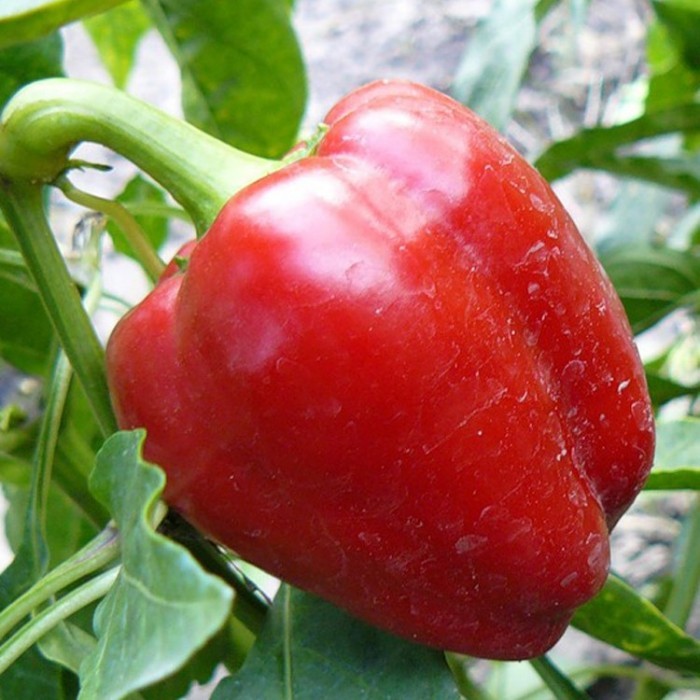
Single - The Knight. A medium-sized semi-spreading shrub growing up to 50 cm in height. Variety Vityaz ripens early and gives a good harvest. Wilted vegetables have the shape of a cone, and their weight ranges from 130-180 g. The width of the fruit wall is 8 mm. The color of ripe peppers is dark red.
- Atlant. It is a sprawling tall shrub of medium term fruiting. Atlant is a high-yielding variety and resistant to any weather conditions. The fruits of the plant are in the shape of a cone. The average weight of red vegetables is 200 g.
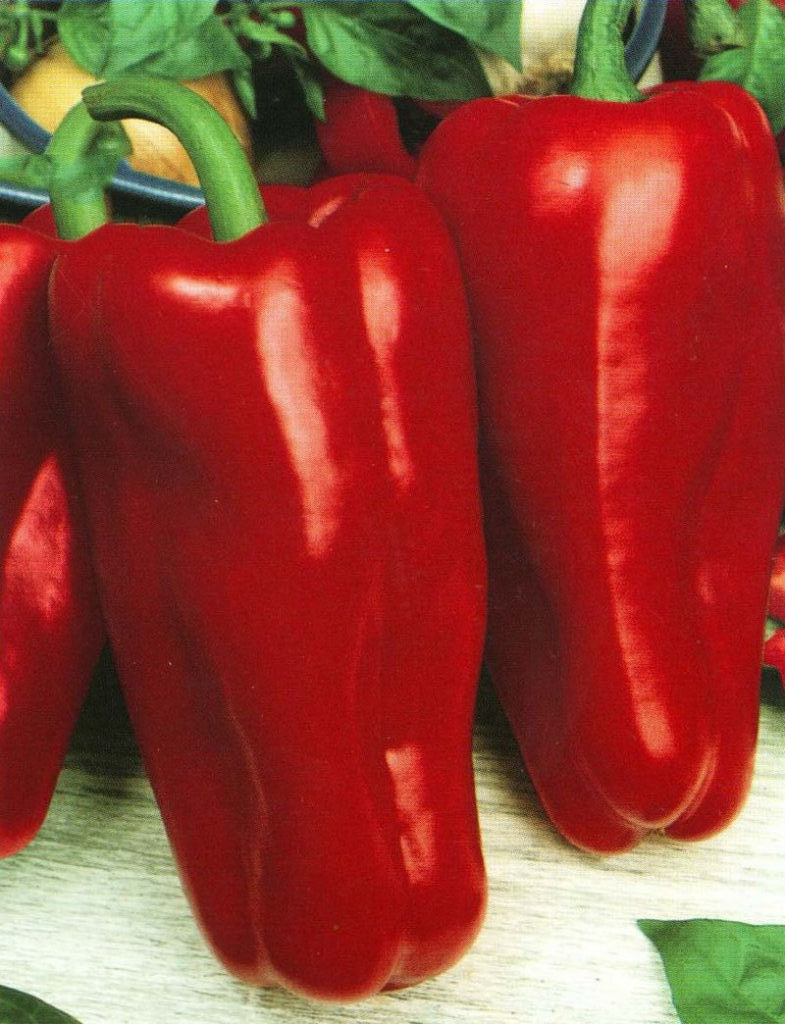
Atlant - Bogatyr. The plant tolerates well the lack of lighting and sudden changes in temperature. The shrub is quite strong, sprawling, its height can reach 70 cm. Juicy fruits on average have a weight of 180 g and a length of 18 cm. The shape of saturated red peppers is conical.
- Siberian. A cold-resistant variety that gives a good harvest even in adverse weather conditions. On the medium-sized shrub, fairly large fruits are formed, whose weight reaches 150 g. Red vegetables have a cuboid shape.
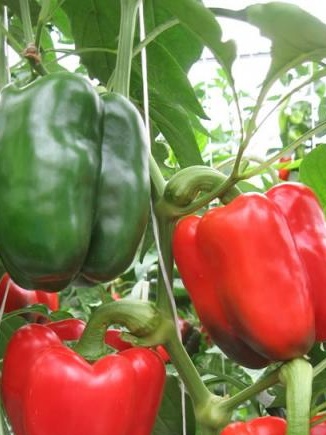
Siberian
In the open ground of the Urals, plant varieties extremely resistant to changing climatic conditions take root.
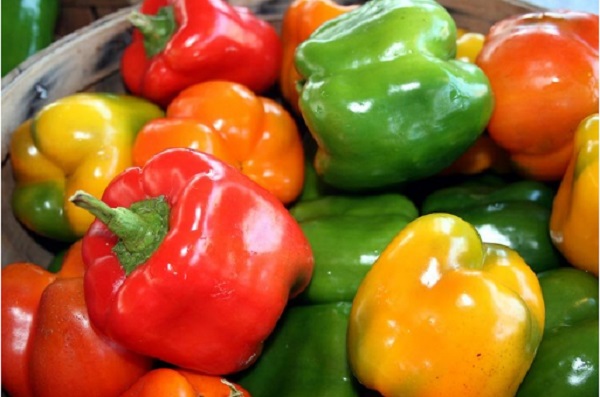 You may be interested in:
You may be interested in:The basic rules of agricultural technology when growing pepper in the Urals
Given the cold climate of the Urals, it is necessary to start sowing seeds for seedlings no earlier than March 15. Thus, by the time of emergence, the soil and air will have time to warm up to a suitable temperature for transplanting seedlings. Sowing seeds directly into the soil is not recommended, because with this method of planting, the plant either does not ripen, or is too weak to bear fruit.
However, to get a good harvest, it is not enough to choose the right variety of pepper and determine the optimal timing for sowing planting material. Proper care of the plant plays an important role.
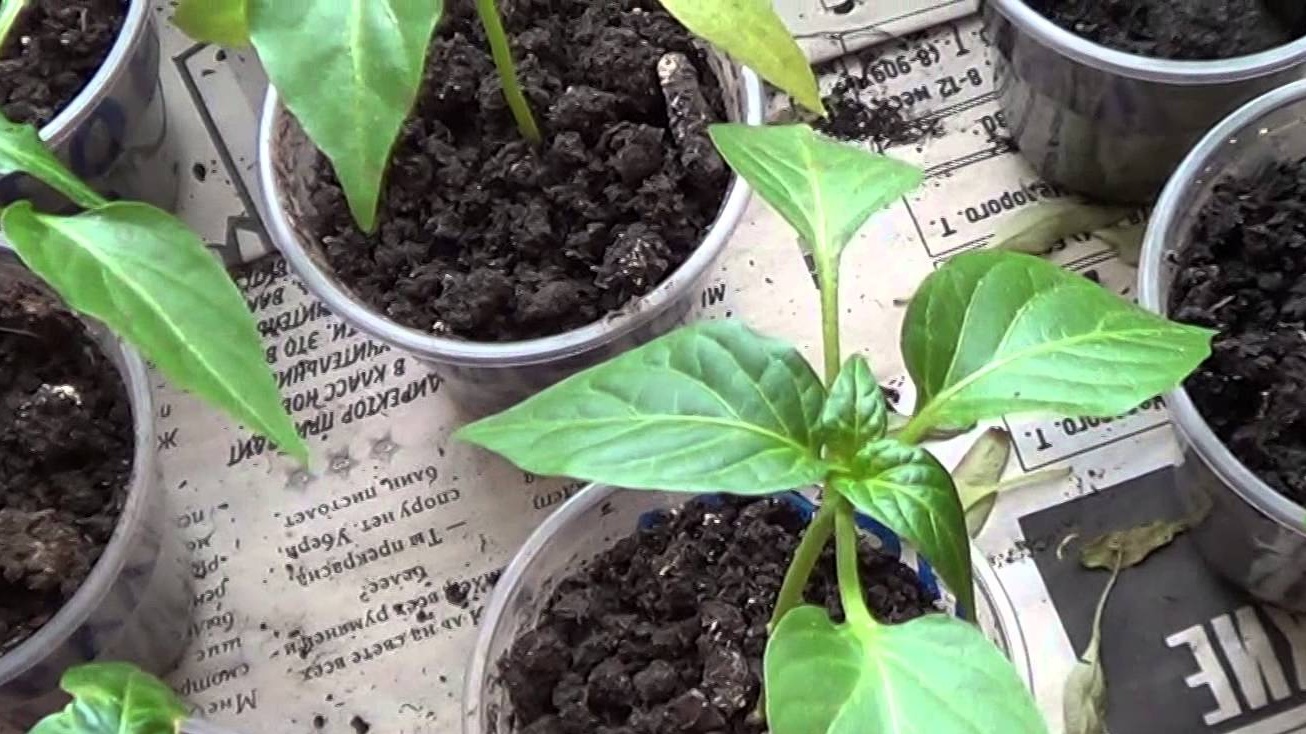
The hardening process includes the regular removal of seedlings to a balcony or loggia about 15 days before it is transplanted into the ground. The time spent by a young plant in a cooler place needs to be increased gradually, starting from half an hour and leading up to several hours. If the air temperature on the balcony does not drop below 14 °, seedlings can be left in the air for 24 hours. Hardened seedlings tend to adapt better to the garden.
Do not plant peppers too close to each other, as this will lead to a lack of light, which is already insufficient in the Urals. Between the beds it is recommended to withstand 45-55 cm, and between rows - 70 cm. The soil for planting should be neutral and rich in organic compounds.
The soil in the Urals is quite cold, so it is recommended that the bed prepared for planting the plant be raised half a meter in height. When growing pepper in the open ground, the newly planted plant must be covered with a film. As soon as new leaves appear on the shrub, the cover can be removed.
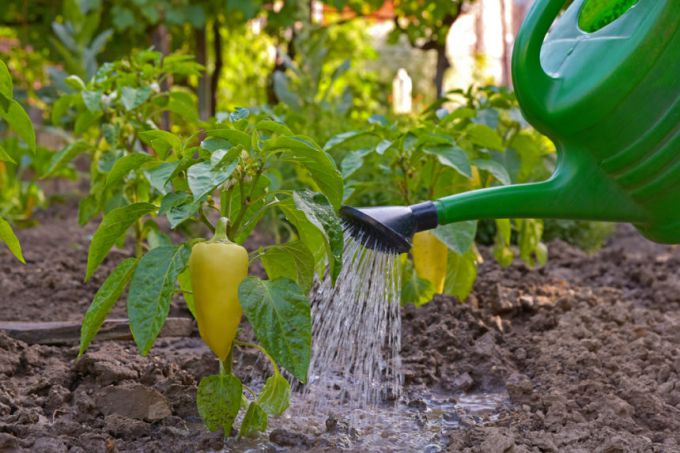
Humidify the bed is recommended once every few days. After half a month after planting in the ground, it is recommended that the bush be fed with nitrogen-containing fertilizers. During fruiting, the plant needs fertilizers with a high content of potassium and phosphorus. On average, plants are recommended to be fed 2 to 4 times per season. Also, do not forget to periodically loosen the soil and weed the beds.
Regular pruning and pinching of the bush will help to direct all the forces of the plant to the formation and development of the fruit. These procedures will not allow the plant to grow with extra processes, the presence of which quite often causes various pests and diseases.
Common Growing Questions
It is quite difficult to grow such a thermophilic plant as sweet pepper in the harsh climate of the Urals, but if you follow some rules, the result will be worth the effort. Choosing cold-resistant varieties, we can hope for a good harvest.




 Calorie pepper stuffed with meat and rice - BZHU per 100 grams
Calorie pepper stuffed with meat and rice - BZHU per 100 grams Gorky pepper - the best varieties for open ground
Gorky pepper - the best varieties for open ground Hot pepper seeds - the best varieties for open ground and reviews
Hot pepper seeds - the best varieties for open ground and reviews Capsicum tincture for hair - how to use and reviews
Capsicum tincture for hair - how to use and reviews